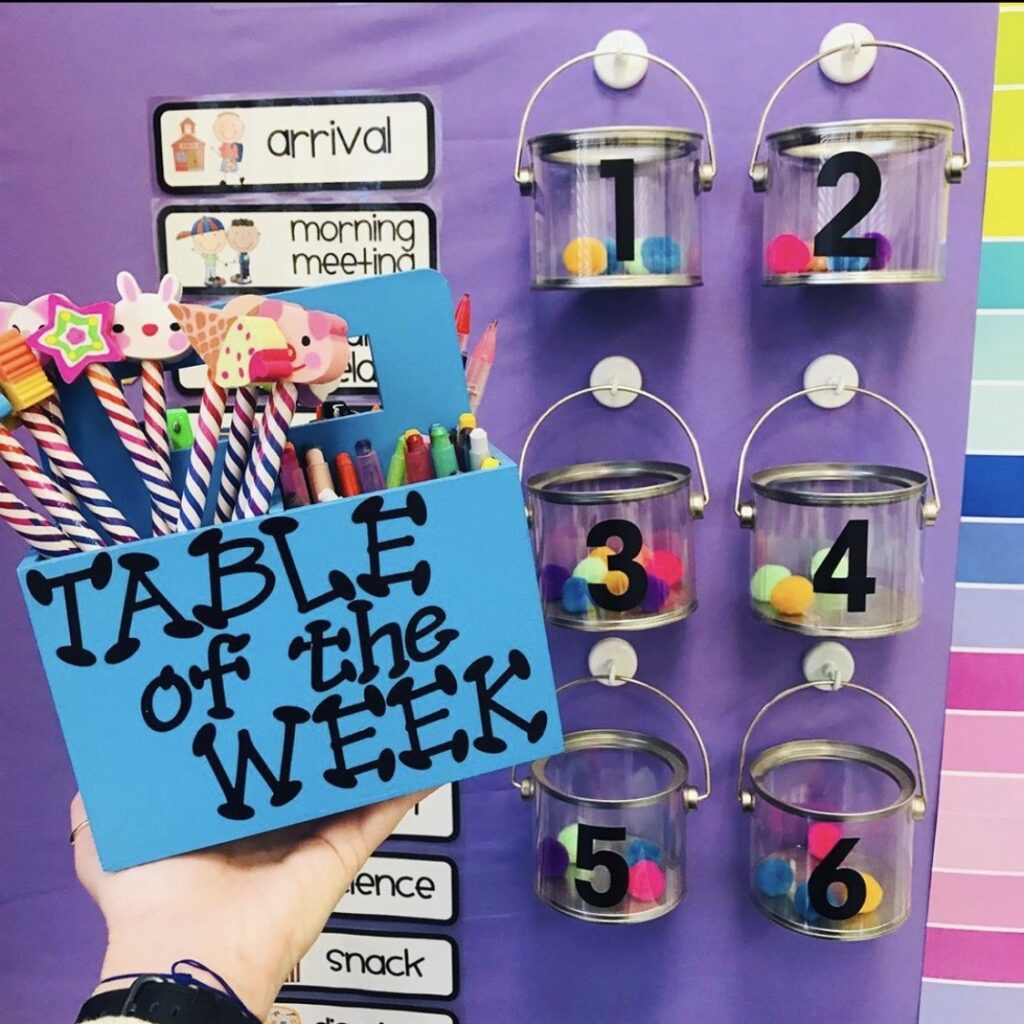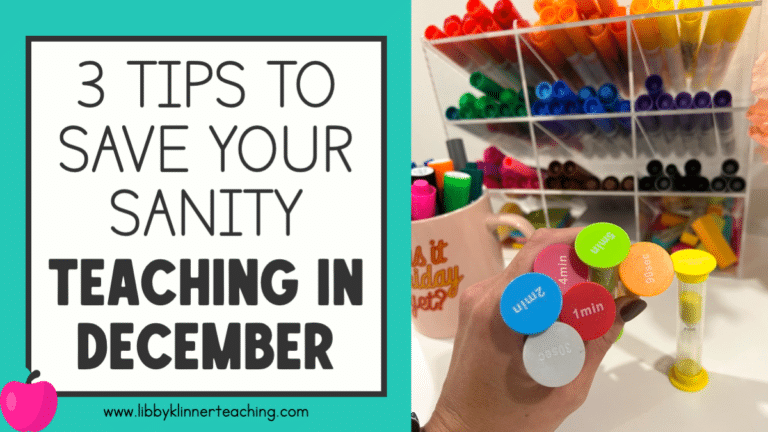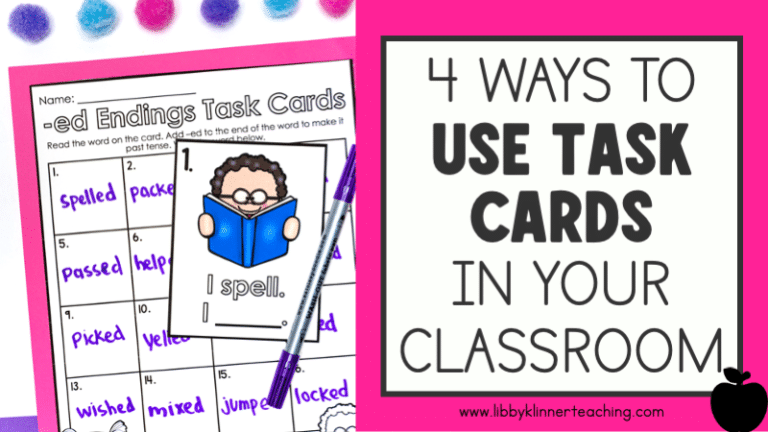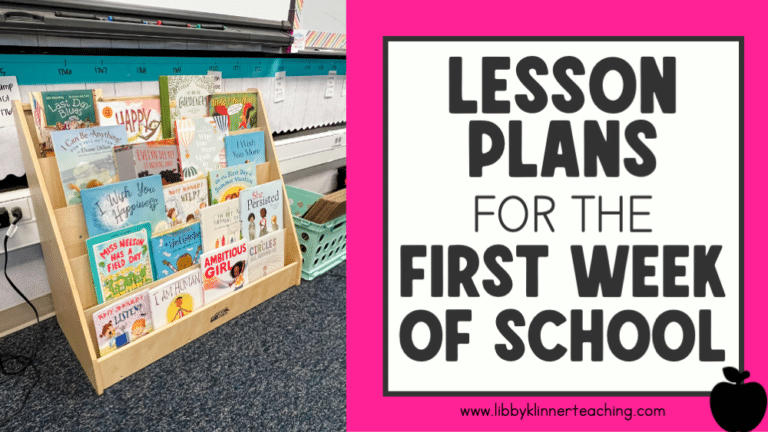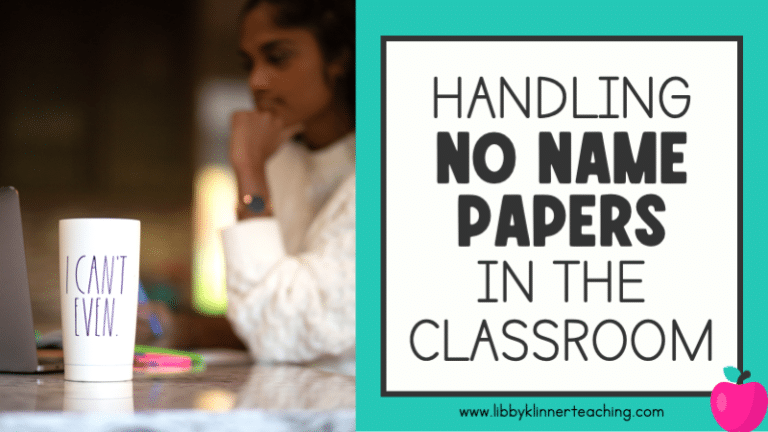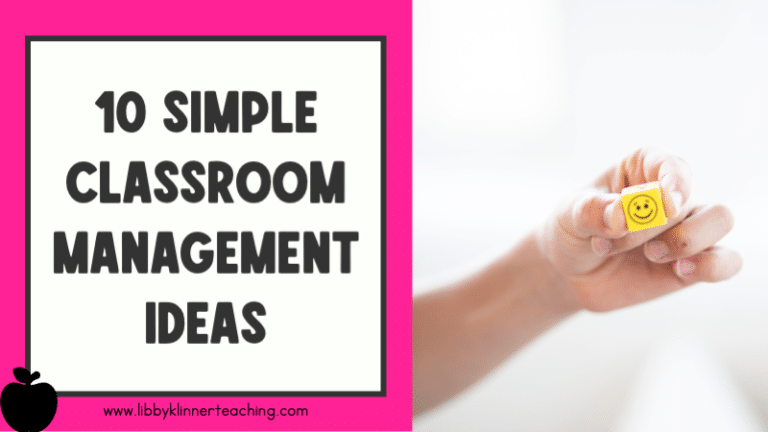Using Competition in Classroom Management
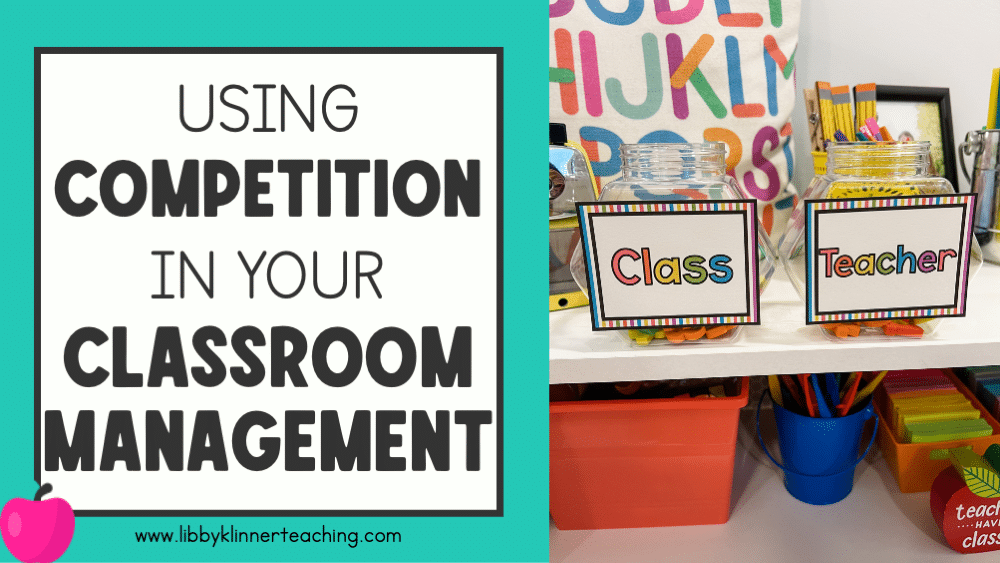
Incorporating competition in your classroom management can be a fantastic motivator if used correctly! I’ve used competition in first grade and fourth grade with success in both age groups. Keep reading to see how I successfully used competition in my classroom management plan!
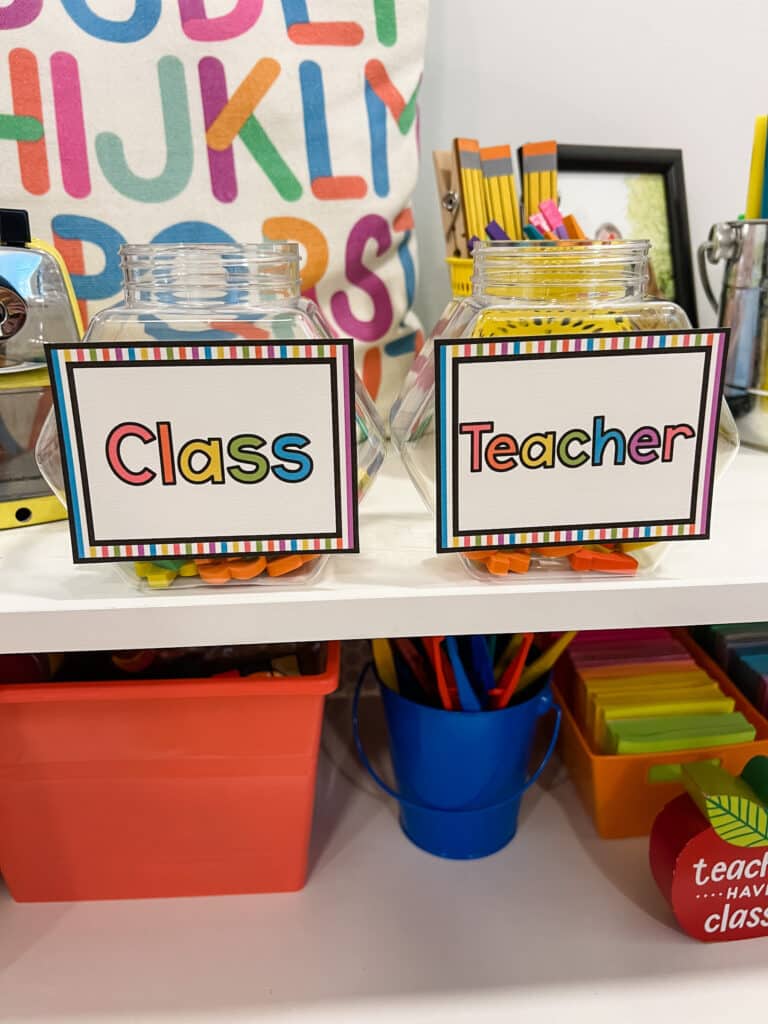
When you introduce competition, make sure that you frame it in a friendly, positive way. This strategy is not meant to call out certain students or teams/groups. Instead, it’s meant to give them a visual representation of their performance in regards to their behavior. As a teacher, it’s important to take note of which students may need additional encouragement. Sometimes it is difficult to find positive behaviors in students that struggle, but when using competition in your classroom management, you must be intentional about that.
If I have certain students that need additional encouragement in team/group competitions, I’ll make sure to put them in a group that is more likely to help them succeed. I don’t want them to feel like they are failing. Small successes will help them recognize and make positive behavior choices.

Before implementing competition in your classroom management plan, you must determine a reward for your students. It’s important to include your students in this decision to increase their buy in! The reward could be something as simple as an extra recess for the class, using special supplies, choosing classroom jobs first, etc. You can read more about different rewards I’ve used in classroom management in this blog post!
It’s also very important to establish expected behaviors. If there’s one skill your students really struggle with, you could choose that as the only expected behavior. Otherwise, you can create a list of behaviors you hope to see that you will reward.
There are two types of competition that I’ve used: whole class competition and group competition. I don’t ever use student vs. student competition because that can breed jealous feelings and make students feel singled out.
Whole class competition is most commonly referred to as ‘Beat the Teacher.’ Here’s how I use beat the teacher in my classroom management:
This competition runs for a week at a time. Every Monday we begin our ‘competition.’ It’s teachers versus students, which my littles always love! We make it sound lots of fun and I pretend that I am very competitive about winning – they love it. I use some kind of clear or translucent container and a manipulative of some kind. This allows them to see how they’re doing throughout the week.

In the photo above, I used old containers I found in my classroom closet and some water beads I found at my parents’ house! You can use pom-poms, beans, plastic beads, cotton balls, popcorn kernels, etc. In the photo below, I used fun erasers as counters and plastic bins with lids that I found at the Dollar Tree! I liked that these had lids because the containers were lighter with the erasers and more likely to tip over.
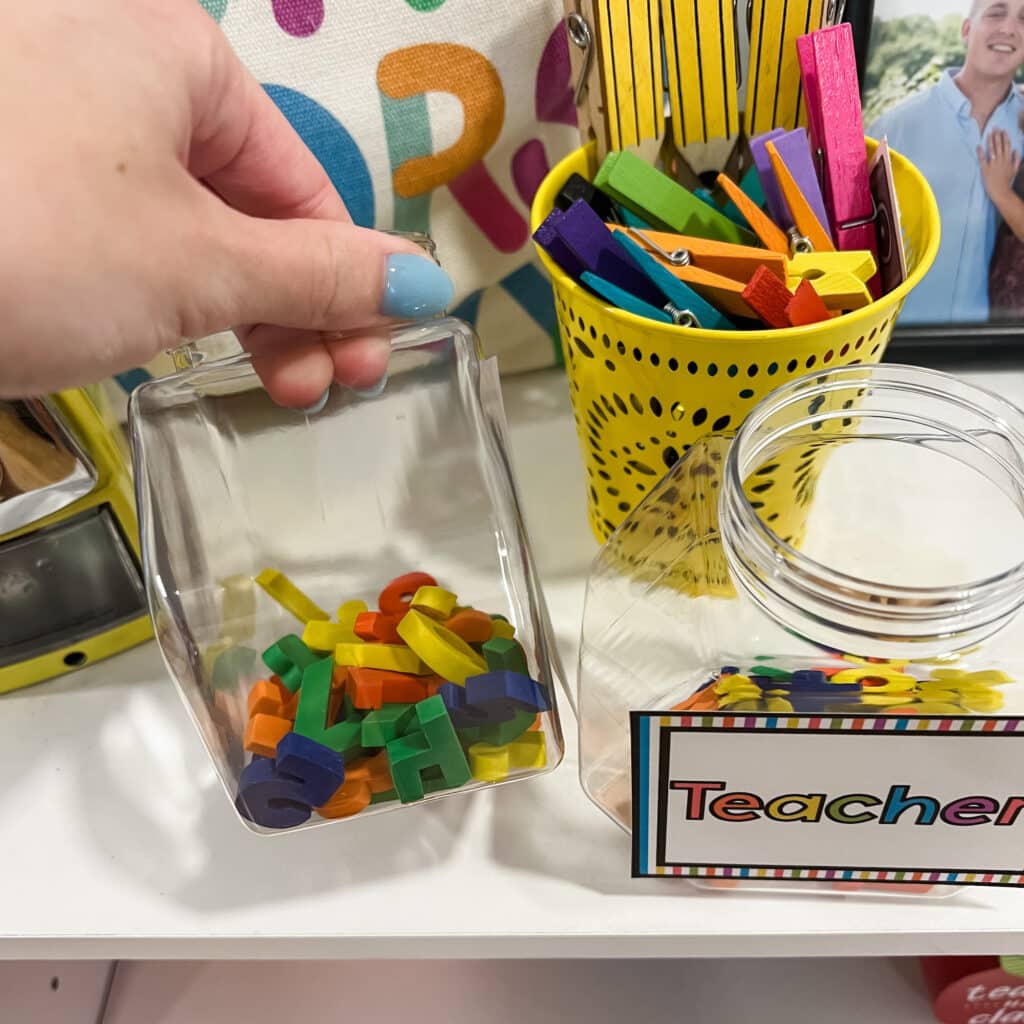
If you don’t want to mess with containers or manipulatives, you can also mark tallies on your whiteboard. However, the drama of counting out the manipulatives at the end of the week is quite fun!
As the week goes on I give the class a bead, or whatever our chosen counter is, if they are exhibiting the expected behavior. If I notice that they are not, I ‘earn’ a bead in my jar. I do this randomly throughout the week. If they are not exhibiting the behavior, I try to give a warning before actually giving myself a bead. I may say, “Oh no, I might earn a bead during this partner activity,” to remind them of my expectations.
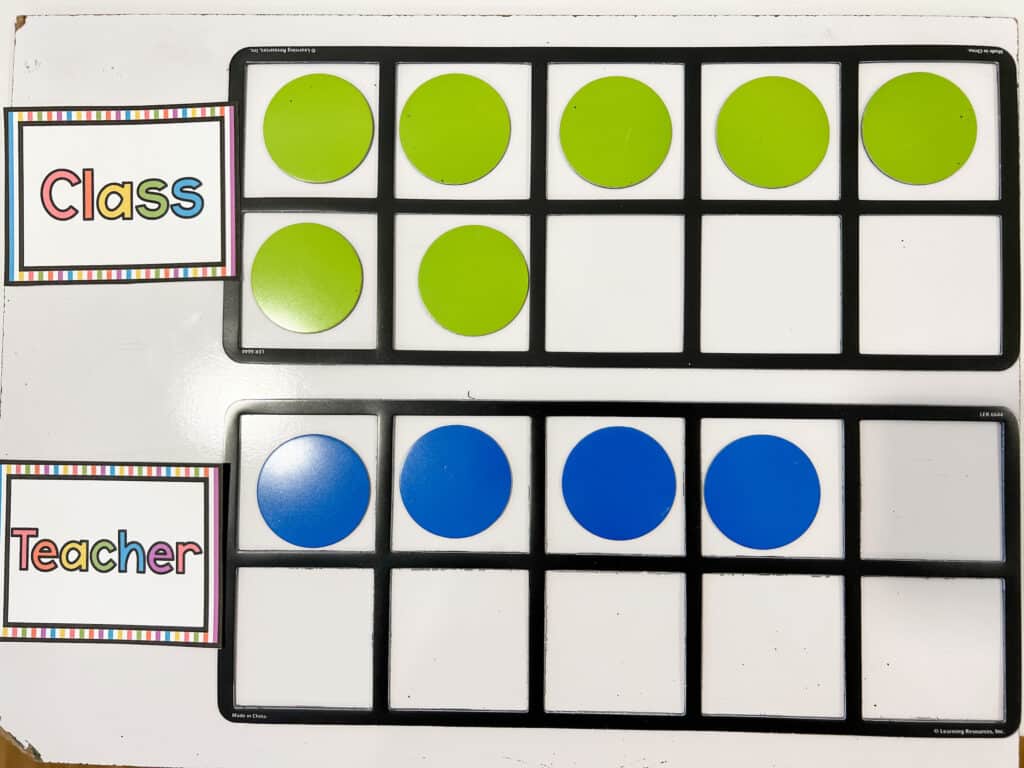
You could even use ten frame magnets like the photo pictured above! As my students grow more mature, I may even select a student to watch the class for a set period of time and determine who earned the bead, counter, or magnet. They are often very honest and make the same judgment that I would!
When the week is over, we count up my beads first and then theirs. If they win they earn a reward as a class. If I win, I earn a ‘reward.’ When I win, I usually pick 10 minutes of quiet reading or they each need to write a nice note to a classmate.
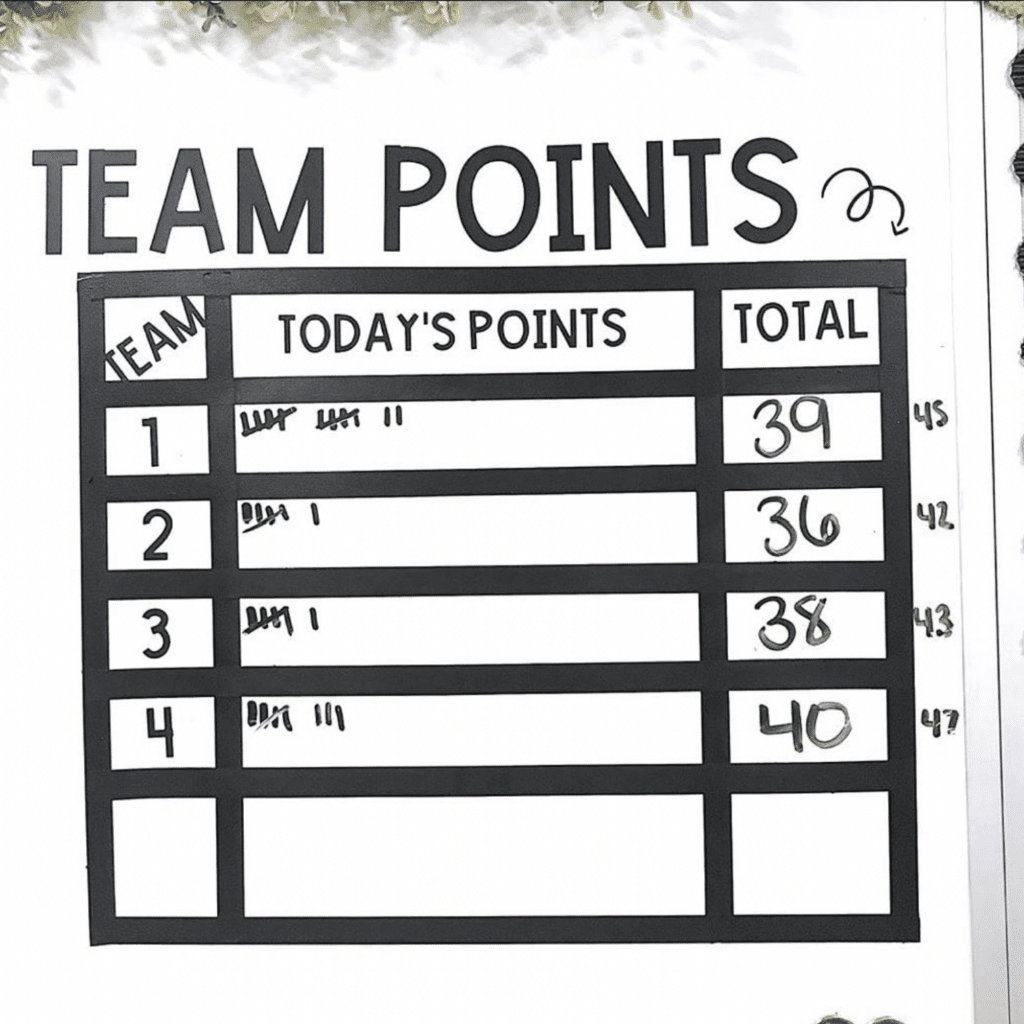
Using teams or groups is a great way to use competition in your classroom management. I’ve used team tallies and the house system with both 1st and 4th grades with success!
When I first started doing team tallies, I assigned each table a number and gave them tallies on the board. It was super simple! When their table was exhibiting the expected behavior, they earned a tally. Whichever team has the most tallies at the end of the week wins the reward!
Some years I’ve assigned the teams or groups colors, shapes, or even superheroes (that was my overall classroom theme in first grade). You can see another creative, cute way to do the team competition above and from A Primary Mindset! I love how she set hers up with the labeled containers and pom poms!
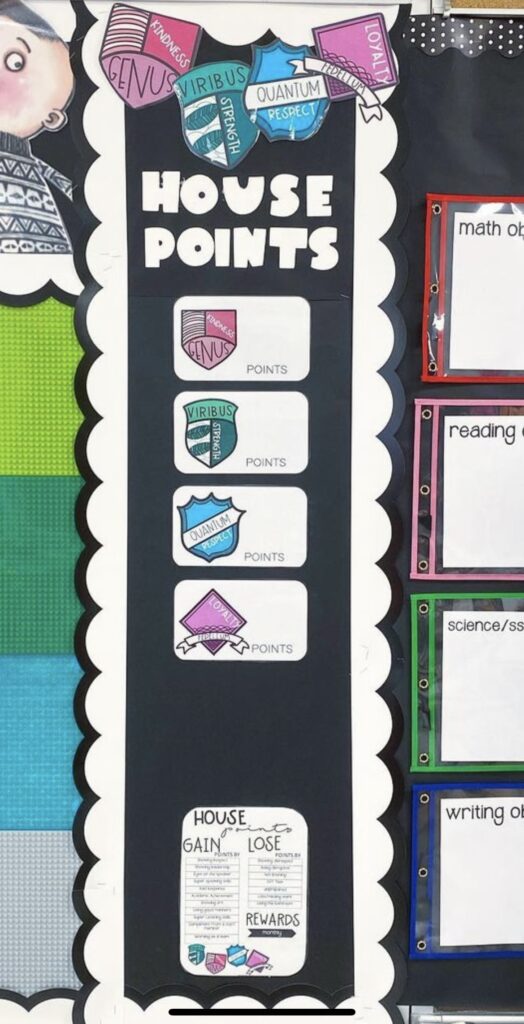
I’ve also used the house system instead of table groups. It works the same way as the group competition describe above, but their teams are given ‘house’ names instead! Students work together in their houses to earn points, rewards, etc. I used this house system from Hello Mrs. Harwick and it was super easy to use! This is also a great way to build classroom community! It was a big hit with my older students.

At the beginning of the year, we did a big sorting presentation where each student was ‘sorted’ into a house. To make sure that each house had an even number of members, I pre-recording a video of a spinning wheel to determine which house they got. You can read more about how to use the house system on Haylee’s blog. Whenever I saw a student going above and beyond, they earned their house a point. We even did some group projects in their houses. This takes teamwork to a whole new level in classroom management!
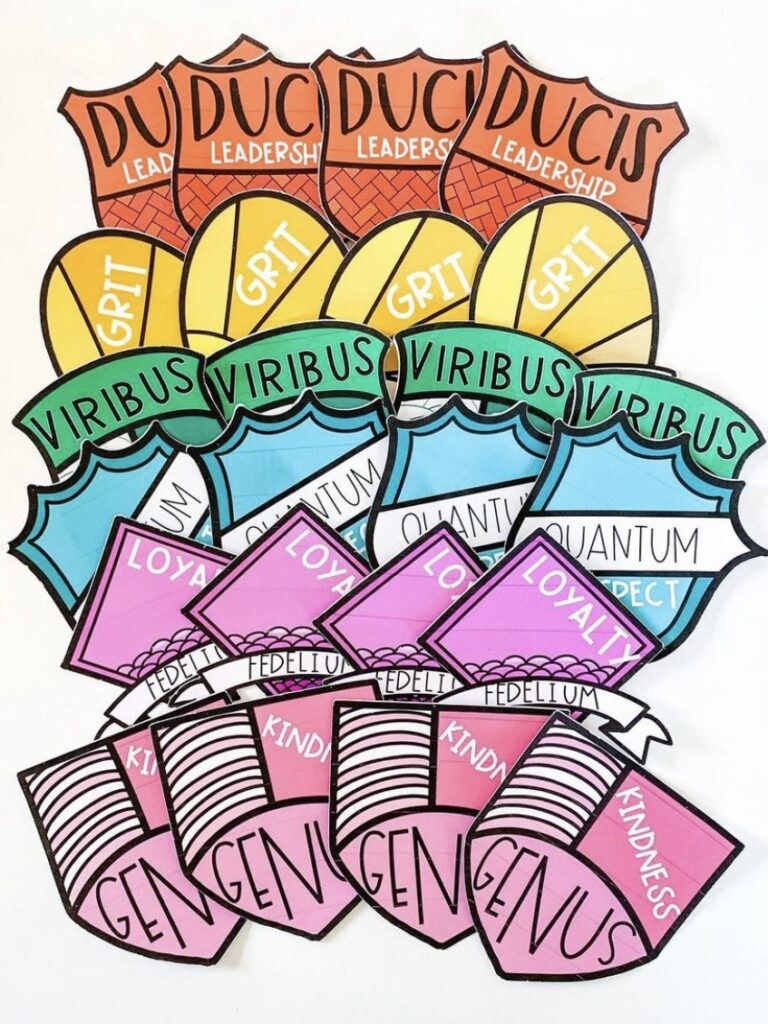
I hope this helps you implement competition in your classroom management in a fun way. Looking for more classroom management ideas? Check out these blog posts!

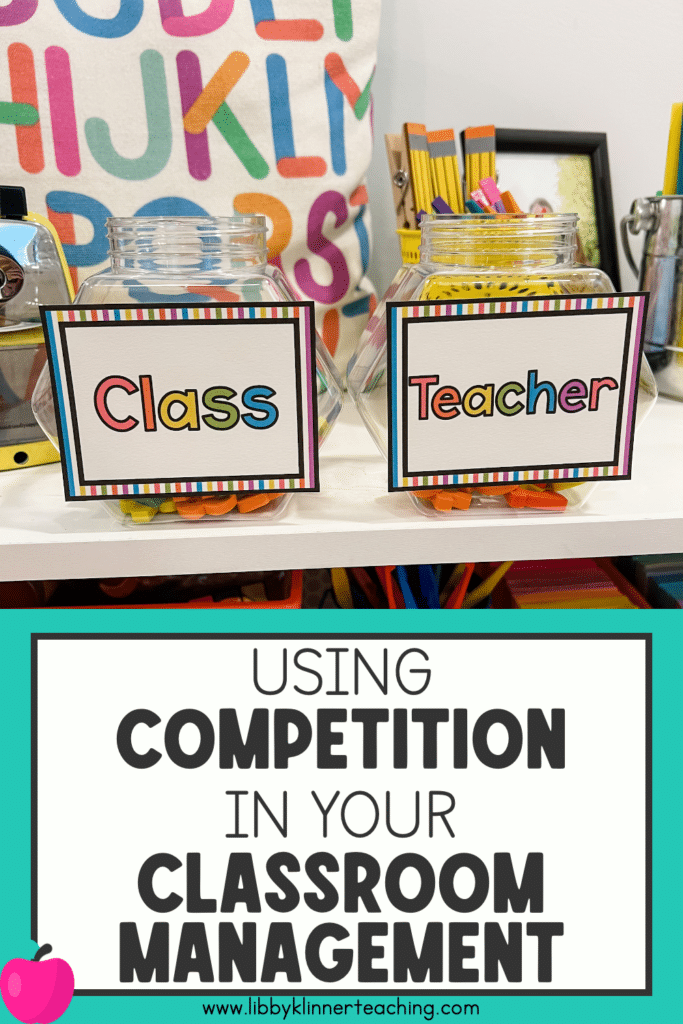

Hi, I’m Libby!
I’m so happy you’re here! I love all things first grade – the curriculum, the content, and the sweet kiddos. I’m passionate about helping K-2 teachers save time in the classroom with fresh ideas and fun, engaging resources.

